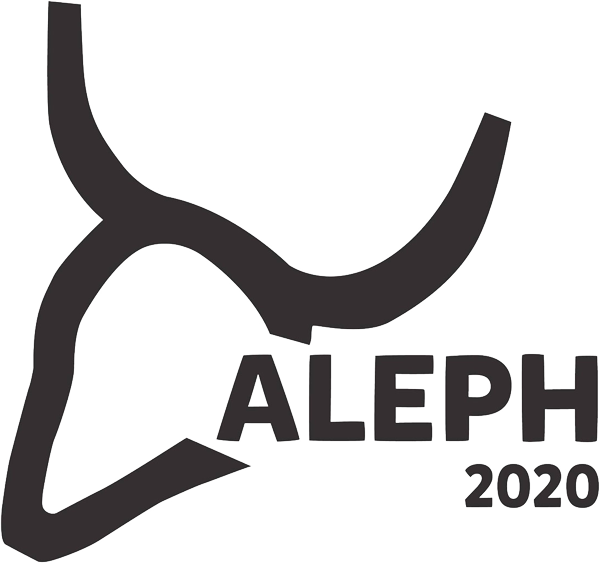Livestock and feed-food competition

This subsection contextualizes the feed-food competition as follows:
Situating the problem
A significant portion of global animal feed directly competes with crops that could otherwise be used for human consumption. Annually, livestock consumes 6 billion tons of feed dry matter, which includes around one-third of the global cereal supply. In the 2000s, 68% of concentrate feeds were allocated to poultry and pig production, with 32% used for ruminants. Although there is a need for further optimization, such as enhancing circularity and making better land use choices, it is important to recognize that the situation is more complex than often assumed.
Most feed is inappropriate for human consumption
Claims that one kilogram of meat requires 6-20 kilograms of grains are exaggerated. The actual input is closer to 3 kilograms of human-edible feed. Globally, about 86% of livestock feed comprises grass, leaves (46% of total feed), crop residues (19%), and various inedible by-products. In an optimized circularity scenario, European citizens could still attain 60% (31 grams) of their current daily animal protein consumption by converting low-opportunity-cost feed. This is particularly relevant for ruminants, as they rely on minimal concentrate feeds (<10%), with only around 5% of their intake consisting of grains and soybean meal on average, which may compete with human consumption. Fully grass-fed animals have even less direct competition, whereas feedlot beef represents a minority of global beef output, contrary to common misconceptions. However, due to a declining proportion of grass-fed animals, the use of crop-based animal feed globally is increasing.
Low-grade material can be upcylced into valuable nutrition
Conventional assessments of the overall benefits of animal farming often overlook the fact that livestock can convert less valuable protein sources into nutrient-rich foods. Criticisms labelling animal-source foods (ASFs) as 'inefficient' due to providing only a small portion (around 15%) of calories and a fraction of total protein in human diets underestimate true human nutritional requirements. These critiques tend to overly emphasize calorie and quantity metrics, rather than considering the broader need for essential nutrition on a global scale. For example, ruminants should be recognized as positive contributors to the production of protein for human consumption. In reality, they require less protein from human-edible feed (0.6 kg) than what they ultimately provide as one kg of high-quality, human-edible protein. This highlights their potential to enhance nutritional sustainability worldwide.
The role of grasslands and nutrient circularity in animal agriculture
The valorization of inedible feed constitutes a sustainability asset
Animal agriculture plays a crucial role in utilizing by-products from crop agriculture and other industries, preventing them from becoming waste and causing environmental problems if left unaddressed. Specifically, in the case of ruminants, their grazing activities are essential for maintaining the health and productivity of grasslands.
